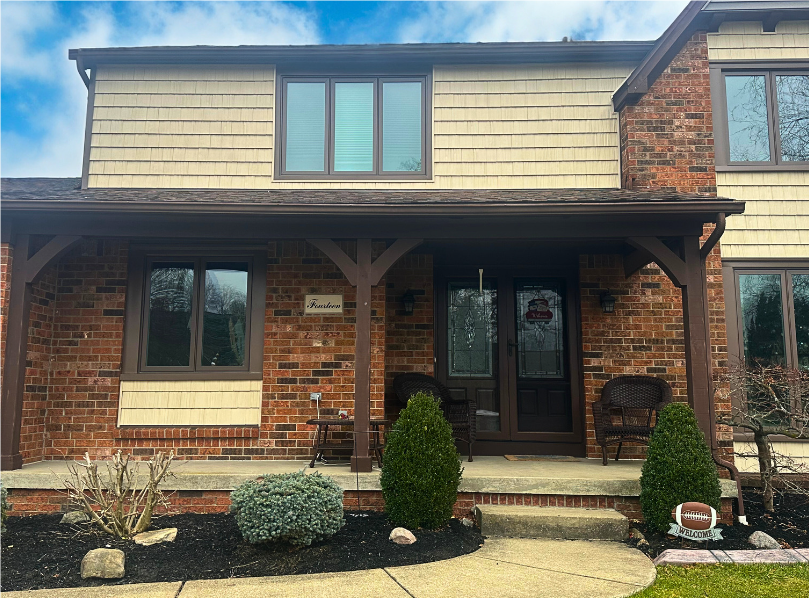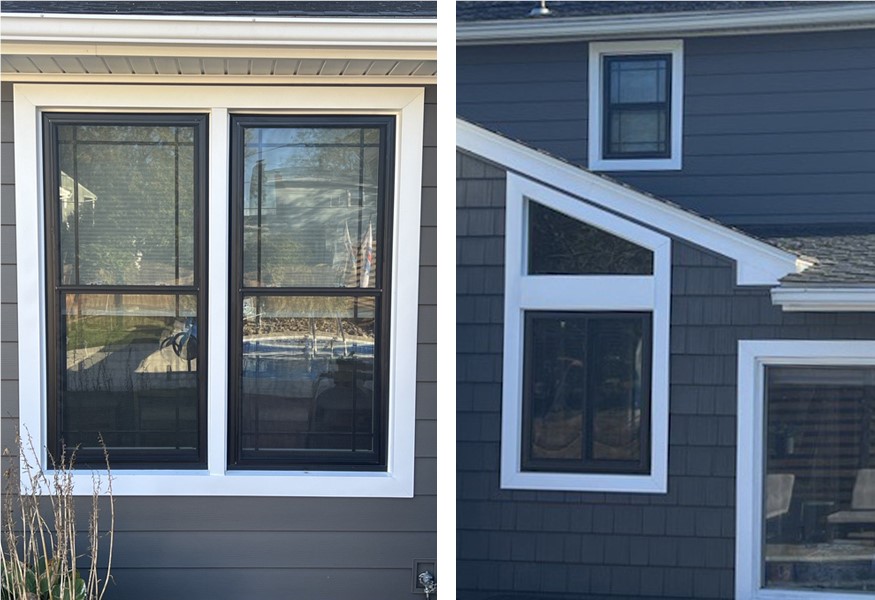
WINDOW CONDENSATION: UNDERSTANDING AND SOLVING THE PROBLEM
Windows are an essential aspect of any home, providing natural light, ventilation, and a connection to the outdoors. They offer a source of heat in the winter, helping to keep our homes warm, and allow us to enjoy the view of our surroundings. However, windows can also be a source of frustration when they suffer from condensation issues. Window condensation occurs when water vapor in the air encounters a cold surface, such as a window, and turns into liquid. This can lead to a range of issues, including water damage, mold growth, and decreased energy efficiency. Therefore, it is important to understand why condensation occurs and how to prevent it to maintain a comfortable and healthy home environment. Below are a few tips and tricks on how to better control and understand window condensation in your home.
Air out your home periodically: Opening windows about one inch for just a few minutes a day lets the stale moist air escape. The fresh dry air will enter your home without compromising your heating.
Avoid overwatering your house plants: House plants add humidity to your home through transpiration. Water from the soil makes its way up to the plants' leaves. The water is then evaporated into the air. Try to concentrate plants in one area and watch over watering.
Control indoor humidity: The key to reducing window condensation is to control indoor humidity. An effective way to do this is by using a dehumidifier or by running the bathroom and kitchen exhaust fans during and after showers and cooking.
Increase ventilation: Improving ventilation in your home can also help to reduce window condensation. This can be done by opening windows and doors when the weather is mild, or by installing vents in the bathroom and kitchen.
Install double-paned windows: Double-paned windows are designed to reduce condensation, as they provide a barrier between the warm, moist air inside your home and the cold glass surface. If you do not have double-paned windows, you can have them installed or consider replacing your current windows with ones that have better insulation.
Consider awnings or shading devices: Awnings and shading devices can help to reduce the amount of direct sunlight that enters your home, which can contribute to the buildup of indoor humidity. This can help to reduce the amount of condensation that forms on your windows.
Though window condensation can be an inconvenience, it doesn't mean there is something wrong with your windows. While some degree of condensation is normal, excessive amounts should be addressed as it can lead to serious issues affecting the building's structural integrity. In conclusion, window condensation can be prevented by taking simple steps such as improving ventilation, reducing humidity levels, and upgrading the insulation around the windows. By understanding the causes and solutions for condensation, we can ensure that your windows continue to serve their essential purpose and contribute to a healthy and comfortable home environment. If you have tried the above tips without success, give your local Comfort Windows & Doors branch a call and our Service Department will be happy to help.
Tags
Subscribe to the Comfort Windows & Doors Blog








Comments